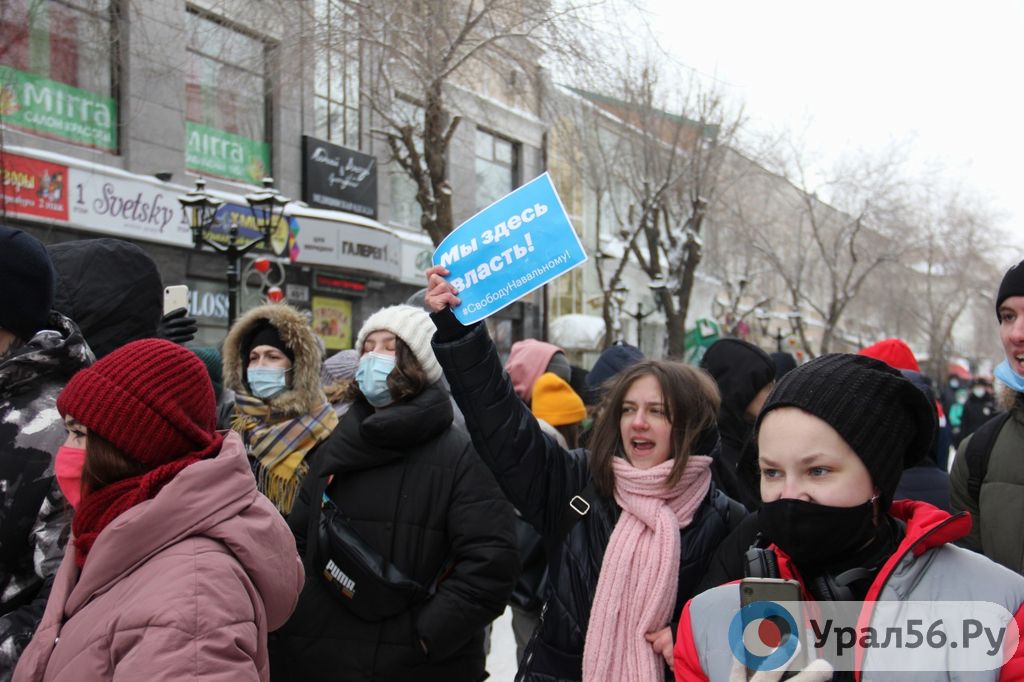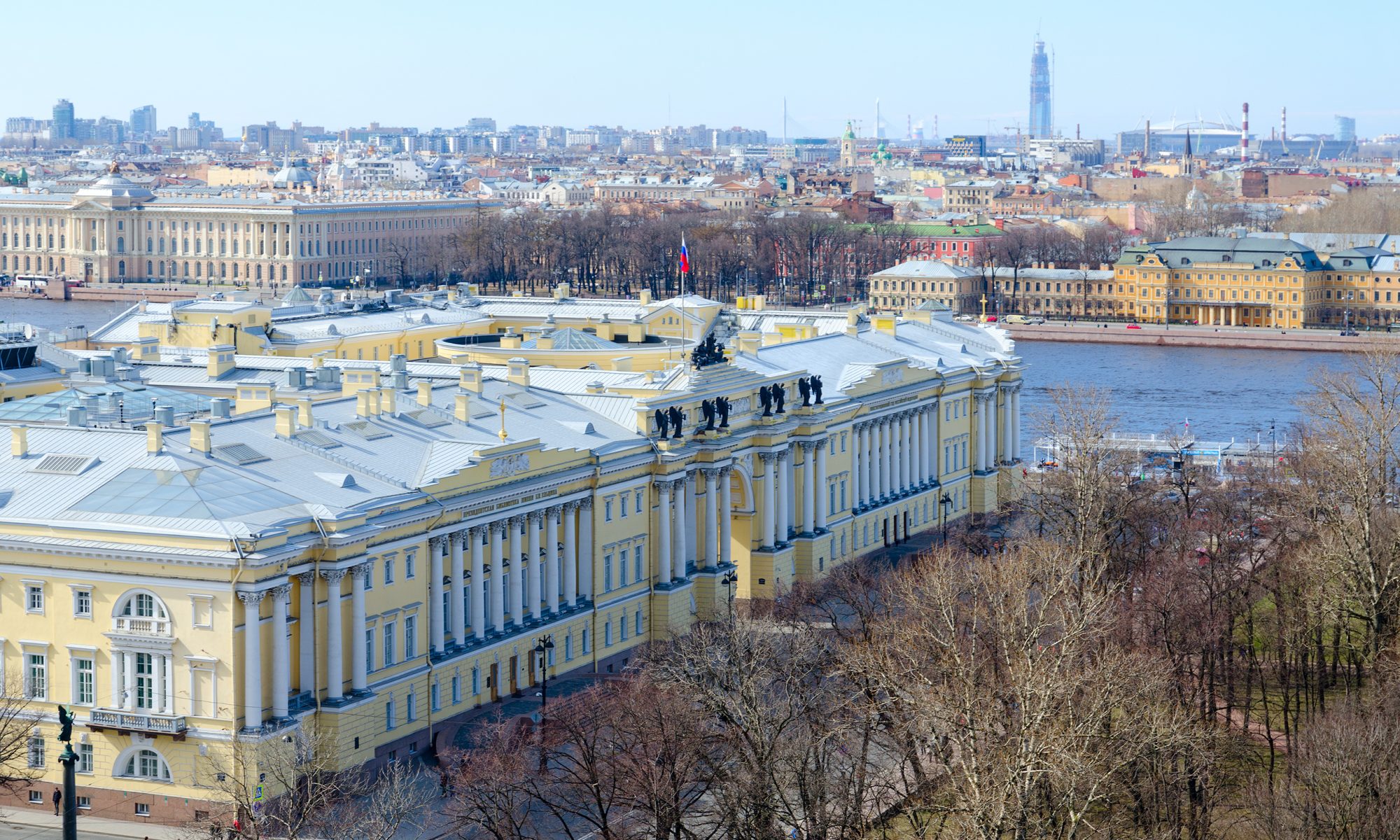
Gender aspects of violations of the right to freedom of assembly in Russia: first observations and quantitative data
Denis Shedov, Natasha Smirnova \ OVD-Info
Text is based on the discussion on the seminar ‘Russian Law Talks 2 – Gender and Protest’, which was held on the 8th of March 2021. The relevant slides are available here.
Gender and Protest in Russia
The right to freedom of peaceful assembly is dramatically limited in Russia. Since 2011, the human rights media project OVD-Info has been monitoring detentions at peaceful assemblies and cases of political persecution in Russia.
In 2020, in connection with the UN Special Rapporteur on freedom of peaceful assembly and association’s request for contributions to his report about women and protest, we published our first review on the persecution of women for exercising the right to freedom of assembly in Russia from early 2010 to mid-2020. Since then we have been monitoring women’s participation in the protests which intensified during the mass protests of January-February 2021.
Over the years we have documented explicit exploiting gender roles or even sexism regarding protesters when arrested, while at police stations and when their actions get evaluated for criminal charges.
- The comments or statements by the police officers who use explicitly gendered or sexist remarks to marginalize participants of the protest or the protest itself. In 2019 while detaining a woman during the mass arrests in the summer protests, a police officer noticed a ring on her finger and said that she was a married woman who was not to go to protests and that her husband had to spank her for that. Similar examples regarding both female and male which we collected in the special chapter of our report, confirm gender bias of the police.
- Threats of violence are gender-specific. An intersex women detained during a public event in Makhachkala in 2019 described her experience, “At the station I was humiliated, threatened, verbally degraded in various ways, but not beaten. They threatened to reveal my status so that the locals would kill me, and threatened to murder me and blame it on the Wahhabis. They said they’d do that so that creatures like me would not exist. They forced me to undress; they examined me, and they conducted a lengthy interrogation regarding my genitals. It was extremely unpleasant.”
- Criminal charges are gender biased. Zarifa Sautieva, an attendee of the 2018 Ingushetia protest, was charged with organisation of violence dangerous to the life and health of public officials carrying out official duties. According to the prosecutor’s version of what happened in her case, she “provocatively called to masculine dignity and national unity,” urging other protesters to protect the elders and the woman (Sautieva) by any means.
Many restriction of the freedom of assembly could be considered as deeply gendered: arbitrary refusal to authorize gatherings, suppression of rallies and mass arrests, use of force against detainees, state control over information regarding assemblies, administrative and criminal prosecution, threats, expulsions and other means of non-juridical pressure and so on.
Russian legislation is not gender neutral and has an impact on exercising of different rights and freedoms, particularly freedom of assembly. Some of the issues include:
- Police officer is prohibited from using special means against women with visible signs of pregnancy;
- In administrative prosecution, community service does not apply to pregnant women, women with children under the age of three;
- Pregnant women and women with children under age of 14 cannot be sentenced to administrative arrest;
- Women are not placed in colonies of strict and special regimes;
- Life imprisonment is not provided for women;
- Men between the ages of 18 and 27 are subject to military service, which becomes additional means of pressure and creates the risk of being drafted if expelled from a university.
The majority of gender-specific provisions are based on women’s reproductive role and aimed at protecting her reproductive function which further objectifies women. However, not many of those provisions are implemented.
Participation of women in Navalny-related protests
In January and February 2021 Russia experienced mass protests in connection with the return and subsequent detention of Alexey Navalny. Women played a visible role in these protests.
According to estimates from Moscow and St. Petersburg protests conducted by a group of scientists including Alexey Zakharov, Alexandra Arkhipova and a number of volunteers from the project White Counter and the group of Contemporary folklore monitoring, women accounted for 45% of protesters on January 23 in Moscow and 44% in St. Petersburg. The share of women was lower on the former protests in Moscow: on August 3, 2019, 36% of all the participants were women.
https://public.flourish.studio/visualisation/5483030/
In Moscow, according to OVD-Info’s data, more than 1500 people were detained on January 23, 12% of them were women.
The most common type of negative consequences for protesters is charges with an administrative offense. According to the case data, available on the court’s websites, since the beginning of the protests on the 17 of January 2021, 4515 cases were transferred to Moscow courts by March 4, 15% of them were against women and 85% — against men.
https://public.flourish.studio/visualisation/5483120/
The most typical punishment for participation in the protests is a fine. The court hearing is preceded by the arrest after protesters had been detained.
Based on our analysis, in Moscow, the average fine for women was larger, and arrests on average shorter, than in cases against men. Surprisingly, according to this piece of data, arrests have been imposed on women even more often than on men. Though both women and men got arrested ten times more often than before: according to official court statistics, in 2019, when rallies with mass detentions took place in Moscow, the share of arrests was only 4% of all indictments.
In February, the Interior Ministry reported on the initiation of 90 criminal cases after mass protests. Among the suspects and accused in these cases, by the beginning of March, we have learnt that of 68 men and 12 women. That is an extraordinary number considering that from the year 2015 till the middle of 2020 there were only 8 criminal cases against women in Russia connected with rallies.
Among these 12 women, 5 were charged with violation of epidemiological rules — that article of the Criminal code was significantly changed last year and its enforcement seems to be gender-neutral.
On the contrary, women are rarely charged with violence against police officers, though that is the most common accusation for protesters. We know about only one such case against a woman after the January protests, and about only 3 such court verdicts since 2011 compared with 86 verdicts against men. Also, the penalties for women were milder than the average for similar cases against male protesters.
In 2021, the number of men injured during arrest was significantly higher than the number of women (90 vs 10%). Also, the cases of police violence towards male protesters seem not to contradict the existing social norm that much. Usually, the information spreads wider, and we see more reaction when women get injured, as the violence by a police officer, who is expected to be a strong man, towards a woman, who is expected to be weaker, is condemned and criticised by society.
Conclusion
We see a huge potential in studying how the state institutions prevent people from exercising their right to freedom of assembly through a gender perspective.
If limitations in this area differ for men and women, the research may reveal how gender specific tools of oppression work and suggest a way to deal with them. Also, it may show how gender inequality being entrenched in different spheres of life results in unequal access to freedom of assembly depending on the gender.
Looking deeper into the quantitative data presented above, it is possible to study the dynamic of changes, the regional aspects, variations for different types of events and protest topics, and focus not only on the gender of protesters but also of those who prevent them from protests and those who are involved in the defence of the freedom to assemble. Still more qualitative data is needed to study the influence of the position and responsibilities in the family on limitation of access to freedom of assembly.
Additionally, there is the context of special female experience of detention, escorting and prosecution, connected with misfit conditions and increased stigmatization, as well as the context of gender difference of participation in public and political life and recognition as a political entity. We believe that such context is necessary to interpret our data and get some knowledge about current social and legal life in Russia.
OVD-Info research team is ready to provide data and is open to conducting joint research on these topics.
To contact us, write to us at data@ovdinfo.org. You can also subscribe to OVD-Info data newsletter to get updates about our research and data HERE.

